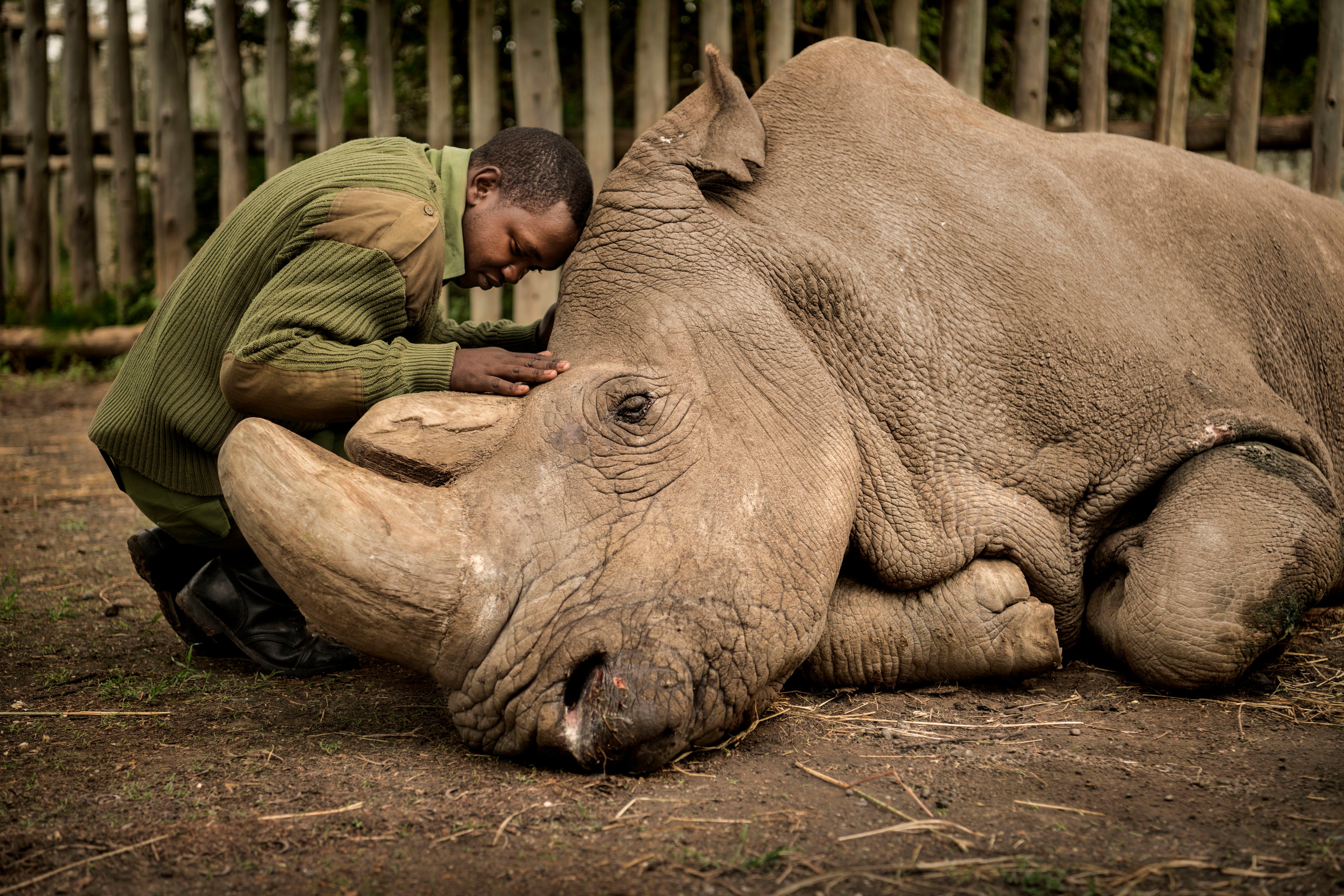Australia bushfire photo revealing charred forest wins award in Wildlife Photographer of the Year contest
Natural History Museum says people's choice prize winner is 'poignant reminder of problems our natural world is facing'

Your support helps us to tell the story
From reproductive rights to climate change to Big Tech, The Independent is on the ground when the story is developing. Whether it's investigating the financials of Elon Musk's pro-Trump PAC or producing our latest documentary, 'The A Word', which shines a light on the American women fighting for reproductive rights, we know how important it is to parse out the facts from the messaging.
At such a critical moment in US history, we need reporters on the ground. Your donation allows us to keep sending journalists to speak to both sides of the story.
The Independent is trusted by Americans across the entire political spectrum. And unlike many other quality news outlets, we choose not to lock Americans out of our reporting and analysis with paywalls. We believe quality journalism should be available to everyone, paid for by those who can afford it.
Your support makes all the difference.An image of a wildfire leaving a trail of destruction through woodland in Queensland has won the people's choice award in the Wildlife Photographer of the Year contest.
The drone photo of bushfire in northern Australia was captured by Robert Irwin, son of wildlife conservationist Steve Irwin. It shows a pristine conservation area on one side and blackened remains on the other.
The area pictured, close to the border of the Steve Irwin Wildlife Reserve in Cape York, is home to more than 30 different ecosystems and many endangered species and reflects the damage wrought by Australia's wildfires.
The Natural History Museum, which shortlists the images, said it was a “poignant reminder of the problems that our natural world is facing and that we need to urgently take action to secure its future”.
Mr Irwin said: “For me, photography is about telling important stories to make a difference for our planet. I’m humbled to receive this huge honour and shine a light on the effects of climate change.”
Australia had its warmest and driest year on record in 2019 and scientists have linked the climate crisis to worsening fires in the region.
Of 49,000 submissions to the competition, the museum selected 25 images for the public to vote on.
Four other "highly commended" photos included Ami Vitale's portrayal of ranger Joseph Wachira with the last male northern white rhino left in the world, moments before he died at Ol Pejeta Conservancy in northern Kenya.

The animal, named Sudan, spent his last years surrounded by armed guards who protected him and his two female companions 24 hours a day.
A portrait of a mountain hare taken in Scotland's Cairngorms National Park by Andy Parkinson, from Derbyshire, a remote capture shot of two squirrels taken by Neil Anderson near his home in Carrbridge, in Scotland, and an encounter between a Labrador and a moose, taken by Guillermo Esteves in the US, were also among the most popular pictures.
Dr Doug Gurr, director of the Natural History Museum, said the winning image was “stirring and symbolic”.
“Last year the world stood aghast at the devastating wildfires that struck much of Australia, and this photograph depicts just one example of a staggering biodiversity loss caused by the detrimental impacts of climate change, habitat loss and pollution.
”But it is by no means too late for us to act. I hope those who see this image are enthused to learn more about the problems our natural world faces but also to take action in their daily lives – be it changing dietary or travel habits or even joining a local wildlife volunteering group."
The images will go on display in the Wildlife Photographer of the Year exhibition at the Natural History Museum, London, when the museum reopens and will run until 1 August 2021.

Join our commenting forum
Join thought-provoking conversations, follow other Independent readers and see their replies
Comments